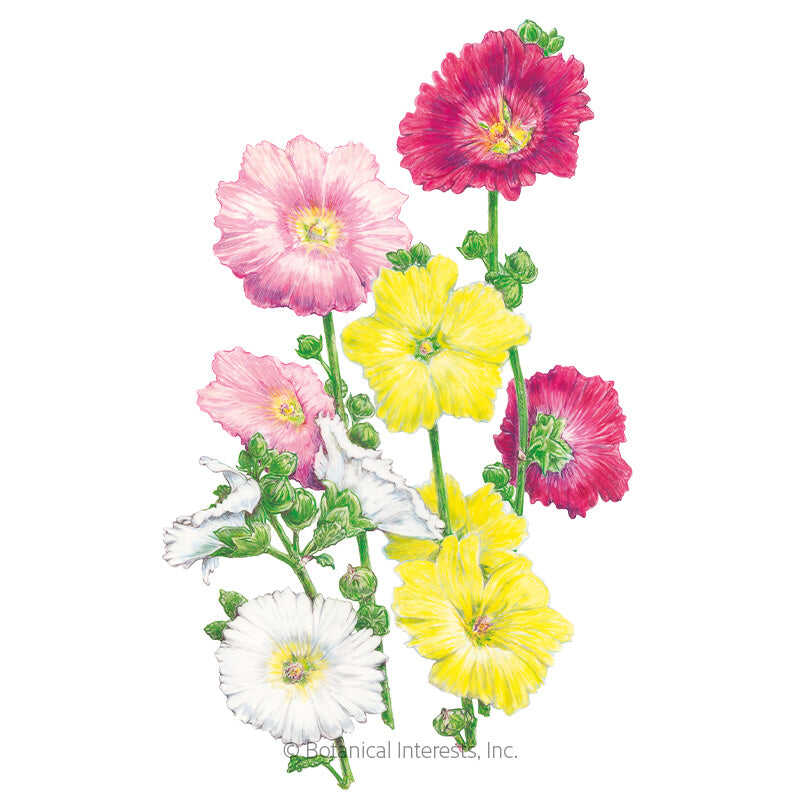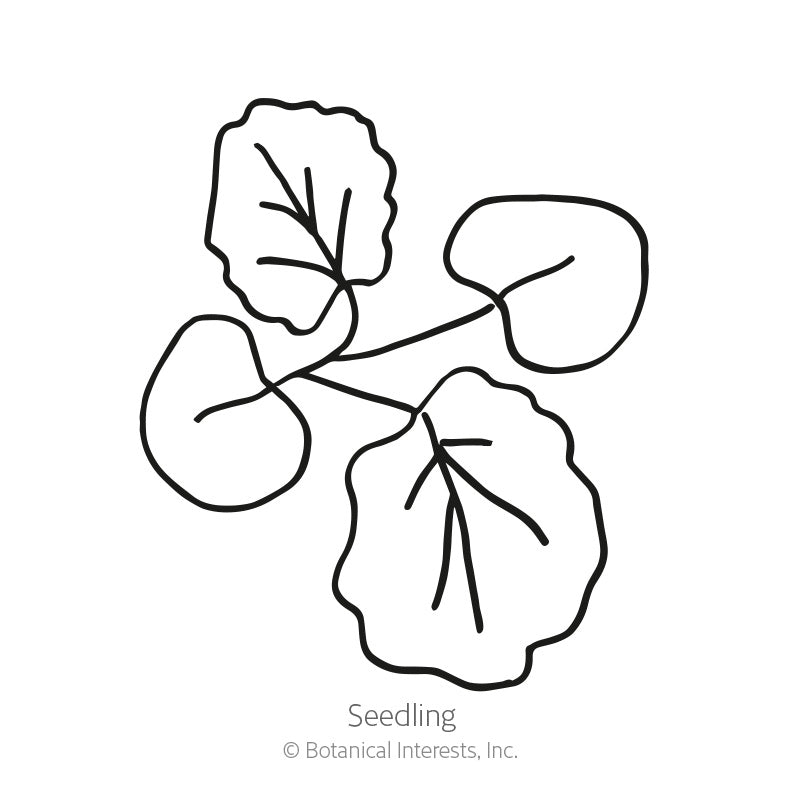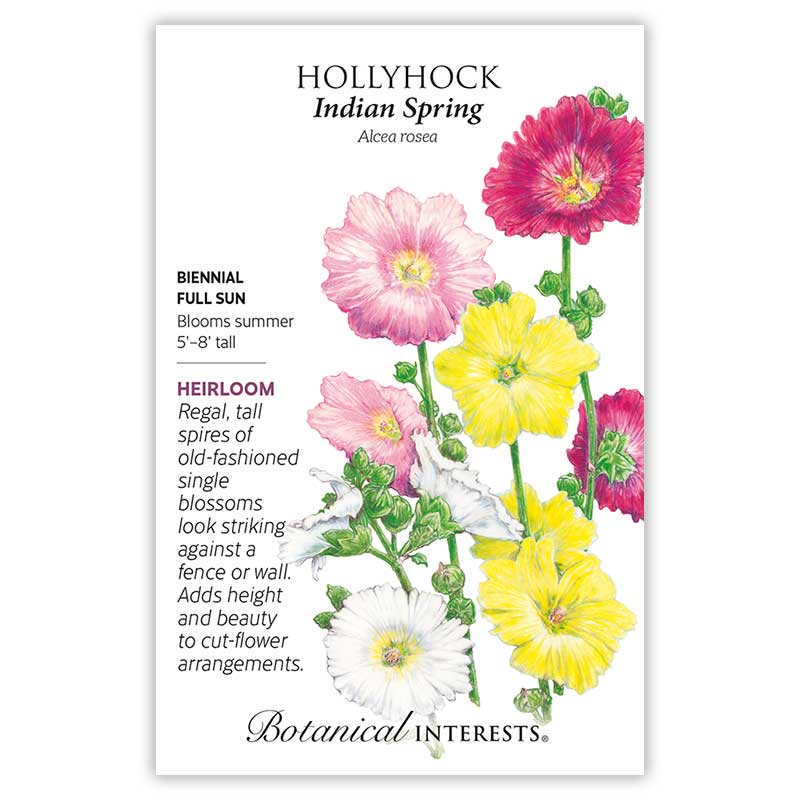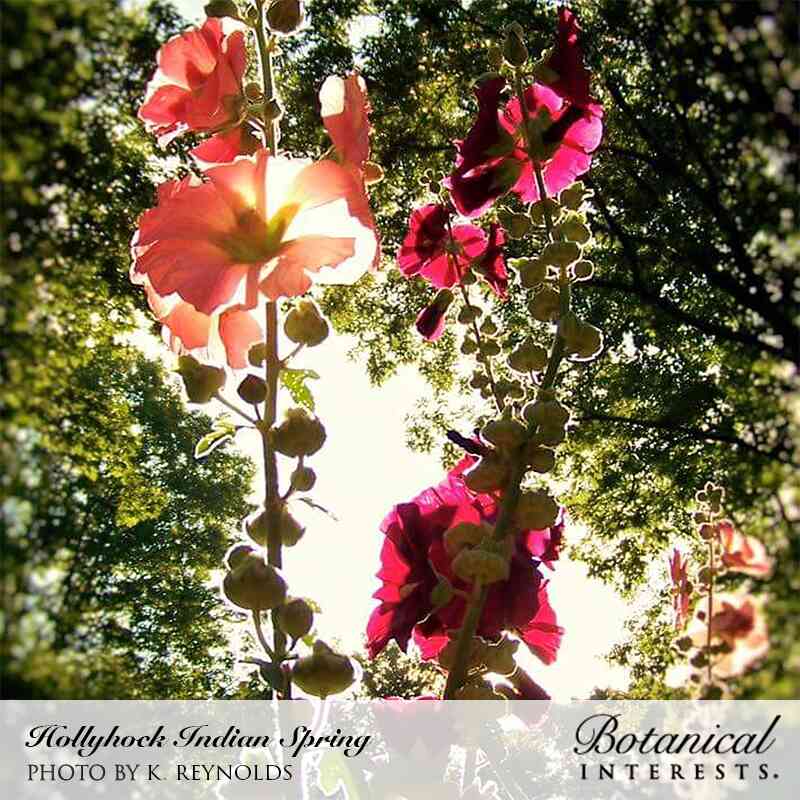



- Variety Info
- Sowing Info
- Growing Info
- Learn More
Variety Info
Family: Malvaceae
Native: Origin unknown
Hardiness: Biennial, hardy in USDA zones 2–8
Exposure: Full sun
Bloom Period: Summer
Plant Dimensions: 5'–8' tall. 12" wide
Variety Info: 2"–4" yellow, rose, pink and white flowers
Attributes: Attracts Pollinators, Drought Tolerant, Edible Flower

Sowing Info
When to Sow Outside: RECOMMENDED. 1 to 2 weeks after your average last frost date, or 2 months before your average first fall frost date.
When to Start Inside: 6 to 8 weeks before your average last frost date. Roots are sensitive to disturbance; sow in biodegradable pots that can be planted in the ground.
Days to Emerge: 10–14 days
Seed Depth: Press into surface
Seed Spacing: A group of 3 seeds every 24"–36"
Thinning: When 3" tall, thin to 1 every 24"–36"
Your hardiness zone is
Growing Info
Harvesting: For longest-lasting cut flowers, harvest when 1/3 of the flowers on the stem have opened. Harvest in the morning; cut stem at an angle and immediately place in a bucket of warm water. Before placing in a vase, dip the stem end in boiling water for a minute, or sear it over a flame for 20 seconds; this will stop the flow of the milky sap so it does not clog the stem.





